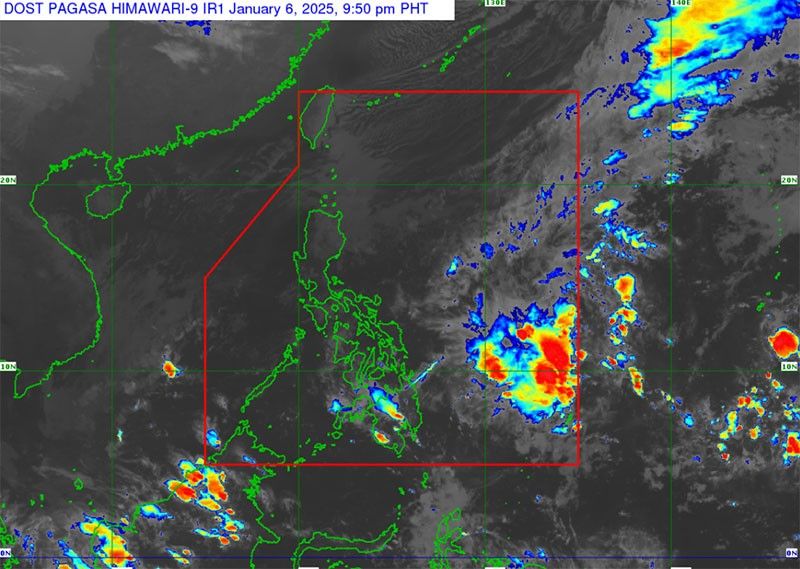PAGASA sees cooler weather this month

MANILA, Philippines — Expect cooler weather in the country this January as the Philippine Atmospheric, Geophysical and Astronomical Services Administration (PAGASA) yesterday said the temperature in Baguio City further dropped to 14.4 degrees Celsius.
In a radio interview, PAGASA weather specialist Veronica Torres said Northern Luzon is currently enjoying low temperature, adding that the northeast monsoon is expected to strengthen in other parts of the country.
“Once the northeast monsoon increases, we will enjoy a cooler temperature as January is usually the coldest month,” Torres said.
She added that the lowest temperature was recorded in Baguio City at 4.4 degrees Celsius, lower compared to the recorded temperature of 14.6 degrees on Sunday.
Tanay, Rizal recorded the second lowest temperature with 19 degrees Celsius.
Other areas included in the Top 10 lowest temperatures include Itbayat, Batanes, 19.4 degrees; Abucay, Bataan, 19.8 degrees; Coron, Palawan, 19.9 degrees; Malaybalay, Bukidnon, 20 degrees; Tuguegarao City, Cagayan, 20.1 degrees; Munoz City, Nueva Ecija, 20.2 degrees and Baler, Aurora, 20.5 degrees.
“In the last five years, there was still no single digit (temperature) recorded, mostly the minimum temperature is 14, 16 (degrees Celsius),” Torres added.
In Metro Manila, the temperature ranged between 22 and 30 degrees Celsius.
Meanwhile, PAGASA yesterday said periods of cooler-than-average sea surface temperatures in the equatorial Pacific Ocean that started in September 2024 continue to persist and further strengthened, reaching the La Niña conditions threshold in December 2024.
“La Niña conditions exist if one-month sea surface temperature anomalies of negative 0.5 degrees Celsius or less is observed, and an expectation that the three-month sea surface temperature anomalies negative 0.5 degrees Celsius or less will be met,” PAGASA administrator Nathaniel Servando said.
He added it is likely that the La Niña condition will continue until the January-February-March 2025 as suggested by several climate models.
“With this development, higher chances of above-normal rainfall in the January-February-March 2025 season are expected, which may cause floods, flashfloods and rain-induced landslides,” Servando said.
- Latest
- Trending
































